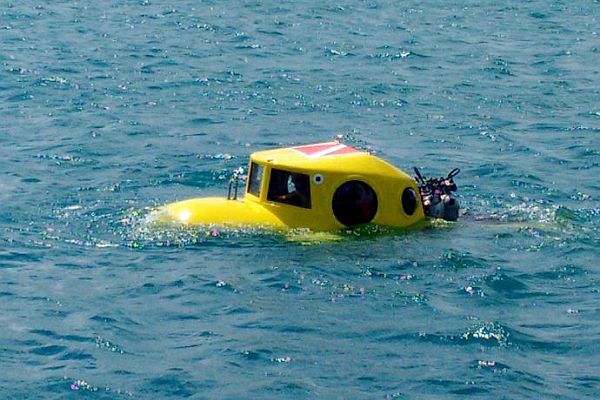Implementation of Saturation diving technology allows teams of divers to work in the Twilight Zone up to eight hours/day/team for up to 28 days before decompressing.
The ship sank in over 300 feet (91 m) of water. When a SCUBA diver makes a dive to that depth, he experiences the pressure of the water around him, which is approximately 10 times the pressure at sea level. At this pressure, the gasses that make up the air in his lungs, particularly nitrogen, dissolve into his blood and tissues. With the gasses in his blood and tissue, he can remain at that depth for a short period of time — less than 5 minutes. If he stays down longer than that, he runs the risk of developing decompression sickness, also known as “the bends,” when he surfaces, and he’ll have go through the decompression process to avoid getting sick. Because the Norwegian divers knew they would have to stay longer at that depth, and therefore would have to undergo decompression, they used a technique called saturation diving.
Saturation diving is based on the principle that the pressure of the dissolved gas in the blood and tissues is the same as that of the gas in the lungs. Basically, a diver goes down to a depth, perhaps 300 feet, and remains there until no more gas can dissolve in the tissues — the tissues are saturated with nitrogen. Once the saturation point has been reached, the time required for decompression will be the same no matter how much longer the diver stays at that depth, whether it be a minute, an hour, a day or a week. This principle has been used for divers who live and work in undersea habitats. It was used by the divers in the submersible oil rig in the film “The Abyss.”


